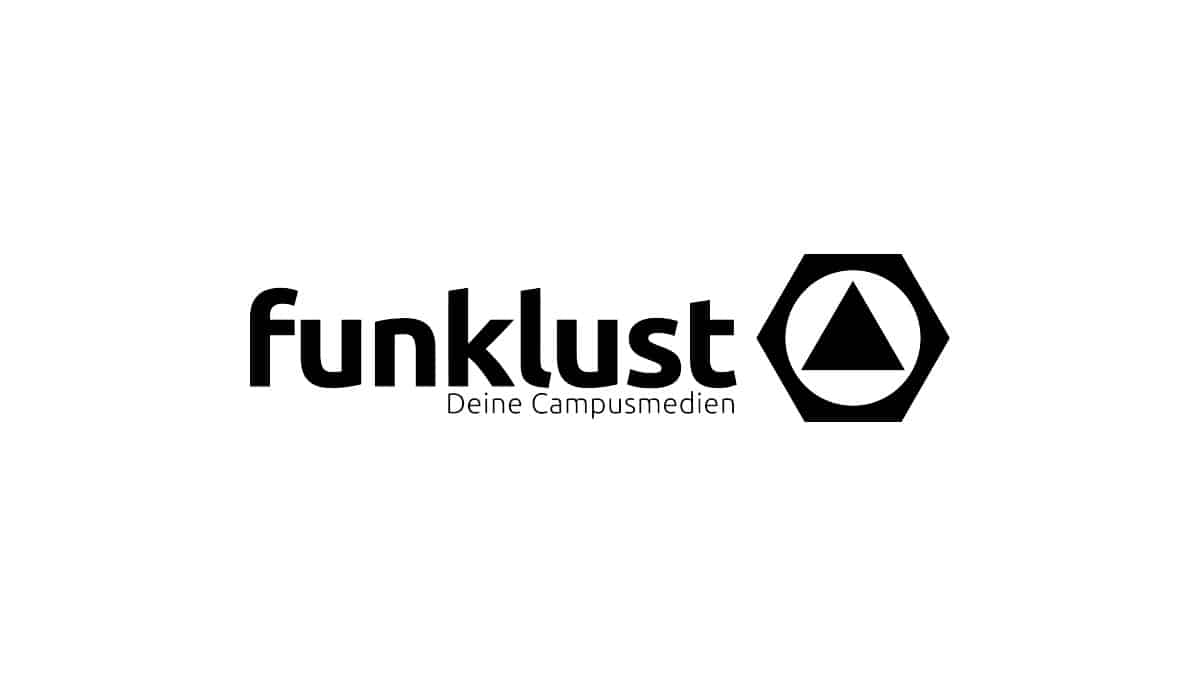ERLANGEN, Germany — Funklust, a German Digital Radio Mondiale shortwave station that began broadcasting in 2003, has returned to the air after undergoing extensive improvements.
Funklust is the student radio station of Friedrich-Alexander-Universität Erlangen-Nürnberg in Germany. The station is a partnership between the university and the nearby Fraunhofer Institute for Integrated Circuits.
Friedrich-Alexander-Universität describes itself as “one of the largest research universities in Germany,” while Fraunhofer bills itself as “Europe’s largest application-oriented research organization.”
A joint effort
The students produce the program content and schedule. Fraunhofer handles the technical side of Funklust. Programming is mostly non-stop music, but it does carry a few external programs, such as Radio Goethe. The station was originally on the air as BiteXpress in 2003 and switched to Funklust several years later.
Fraunhofer recently updated the station’s equipment, and Funklust returned to shortwave in October 2021 after going off air in 2018.
The original transmitter was a 1,000 watt Telefunken S2525 DRM-capable transmitter. Fraunhofer replaced it with a new RFmondial 250 watt transmitter, which feeds the signal into a vertical lambda/four-monopole antenna mounted on a concrete mast at a height of 58 meters (just over 190 ft.)
A shortwave broadcast station typically broadcasts an analog signal using amplitude modulation. A single transmitter would only carry a single audio service, nothing more. By contrast, a DRM transmitter offers additional signal options, including the carrying of transmission information and other data.
A showcase
Funklust uses the latest DRM codec, xHE-ACC. The DRM signal is in mono. The audio fidelity is between that of an AM (MW) and FM signal.
The data portion of the signal has two components. The first is short text-like messages containing information on Funklust’s equipment setup.
The students produce the program content and schedule. Fraunhofer handles the technical side.
The second is Journaline, where a listener can receive more information by selecting a particular link from a menu.
The English and German text consists of weather information, Deutsche Welle news and Fraunhofer press releases. There are presently not many DRM receivers on the market, however, Fraunhofer is hopeful in this regard, especially with the development of apps that pair a simple SDR receiver to a smartphone or tablet. Fraunhofer describes the station’s plans as serving as a showcase of DRM’s current and future capabilities and a testbed for receiver development and verification.

